Samuel Tingle, Avinash Sewpaul, Lucy Bates, Rodrigo Figueiredo, Simi Ali, Neil Sheerin, Colin Wilson Introduction Ischaemia reperfusion injury (IRI) causes significant damage to organs from deceased donors. microRNAs are short non-coding RNAs which each cause repression of many target genes. miR-24-3p and miR-145-5p are two microRNAs with potential detrimental roles in IRI. Our group has…
Retrospective Analysis of treatment of patients with Acute Cholecystitis by the General Surgery team at the RVI; should provision of Emergency General Surgery services change?
Jacob Begbie, Mohammed Fageer IntroductionGallstone related pathology (GD) accounts for a large proportion of general surgery acute admissions, with 3% of acute admissions due to acute cholecystitis (AC). Guidelines from NICE and AUGIS state that AC patients should be offered laparoscopic cholecystectomy (LC) within 7 days of diagnosis (ALC). Despite this, treatment of AC differs…
Successful recruitment to a feasibility trial investigating if supplementation for Vitamin D deficiency improves outcomes following total hip or knee replacement: The VASO feasibility Trial – early results. (FEGGETTER MEDAL WINNER)
RJM Morrison 1,2, D Bunn 3, WK Gray 3, PN Baker 4,5, C White 4, A Rangan 4,5,6, KS Rankin 2, MR Reed 1,2,51 – Department of Orthopaedics, Northumbria Healthcare NHS Foundation Trust, UK 2 – Newcastle University, UK 3 – Research & Development, Northumbria Healthcare NHS Foundation Trust, UK 4 – Department of Orthopaedics,…
Open Axillary Access for complex endovascular aortic repair; a UK tertiary centre experience
Nandhra. S, Nesbitt. C, Priona. G, Williams. R, McCaslin. JNorthern Vascular Centre, Freeman Hospital, Newcastle upon Tyne IntroductionComplex endovascular aortic repair is frequently performed using concurrent axillary artery access; this can offer a favourable trajectory for the cannulation of the caudally-orientated visceral vessels. However, associated cerebrovascular complications are reported to be between 2 and 15%.…
Management and outcomes of perforated duodenal ulcers in the North East of England from 2002-2016
Charles Johnson, Ross Mclean, Iain Mcallum, Alexander Phillips BackgroundDuodenal perforation is a common surgical emergency. Open repair with omental patch is routine (1), though laparoscopic repair has been shown to be a safe, reliable alternative (2, 3). Non-operative management is generally restricted to patients too unwell for laparotomy or clinically well at initial assessment (4).…
A systematic review of minimally invasive approaches to pelvic exenteration
Florence Shekleton, Deena Harji, Ben Griffiths BackgroundMinimally invasive surgical techniques have revolutionised the practice of colorectal surgery. Laparoscopic surgery has led the way followed by the development of robotic-assisted surgery as an alternative approach. Pelvic exenteration is one of the most technically demanding operations reserved for locally advanced and recurrent pelvic malignancy. AimsTo assess the…
Preclinical testing of TRAIL therapeutics for sarcoma
Zakareya Gamie, Anja Krippner-Heidenreich, Craig Gerrand, Kenneth RankinNewcastle University, Northern Institute for Cancer Research, Newcastle upon Tyne, United Kingdom BackgroundDespite intensive, multimodal therapy, patients with bone sarcomas have poor 5-year survival, close to 50%. TNF-related apoptosis-inducing ligand (TRAIL) can induce apoptosis in cancer cells, via the extrinsic pathway, after binding to its death receptors: DR4…
North East of England regional severe acute pancreatitis remote care (SAP-RC) service
DM Bourne, JJ French & Acute Pancreatitis Team (JS Leeds, RM Charnley, K Oppong, M Nayar, J Logue, J Scott, S Saikia, S Young & S McMullen) BackgroundSevere acute pancreatitis, as defined by the revised Atlanta classification,1 is caused by an acute inflammatory process affecting the pancreas gland.2 A recent review of acute pancreatitis1 advocated…
